Kinosaki Onsen’s Brief History
Kinosaki Onsen Beginnings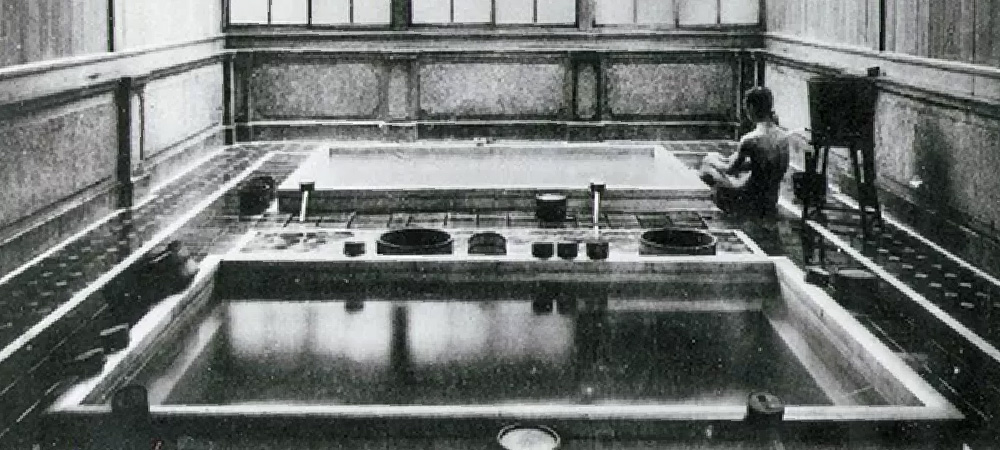
To Japan’s ancient people, the ability to heat water without the use of fire was something that was beyond human knowledge at the time. So, the creation of onsen(hot springs) were viewed as an act of the gods.
Legends have also been told about animals discovering a majority of Japan’s oldest hot springs, Kinosaki is no exception to this. These legends and the true stories of people being healed by Kinosaki’s hot spring waters or by the deity that watches over the town from Onsenji, add to the mystery of Kinosaki Onsen.
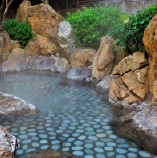
Established in 720 A.D.
There are very few onsen in Japan that are as old as Kinosaki and have an actual recorded founding date. Kinosaki has been found noted in various historical documents that can authenticate its founding date to 720. The discovery of a hot spring source at what today is Mandara-Yu, is recorded in those documents.
Most hot springs in Japan only have an approximate founding date, for example “Such and such onsen was discovered in the early or late such and such century.”
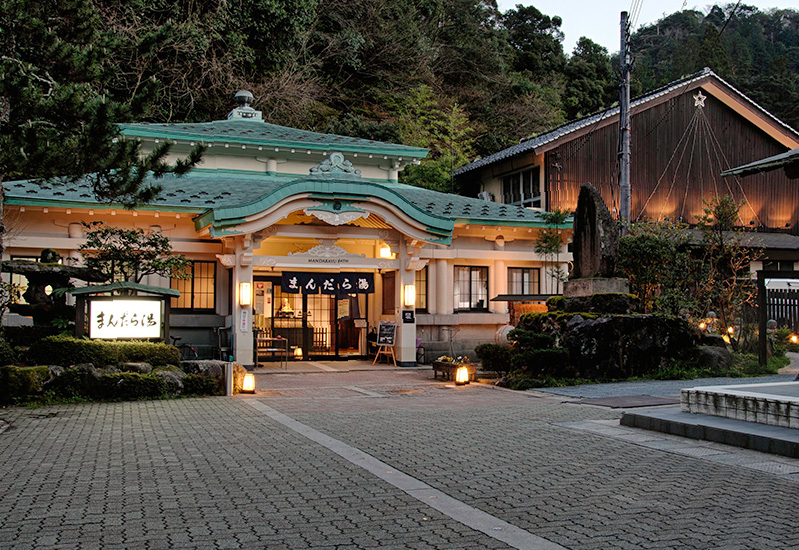
Mandara-Yu, is historically known as Kinosaki’s very first onsen and the town’s starting point as a well-renowned healing hot spring. Historical documents tell of a priest (Dochi Shonin) that traveled the country to help the suffering and ill. His travels eventually brought him here, to Kinosaki Onsen. Here he was instructed by the local oracle to pray for 1,000 days to save the people from suffering. On the 1,000th day, hot spring water came forth. This hot spring water soon became famous throughout the region and the country for its incredible healing powers. Eventually, word reached the emperor of the time. After confirming the authenticity of Kinosaki’s onsen he gave the title of “Guardian Temple of Kinosaki Onsen” to the temple erected by Dochi Shonin for the protection of Kinosaki, it’s hot spring waters and it’s people.
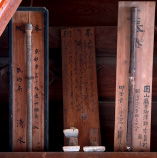
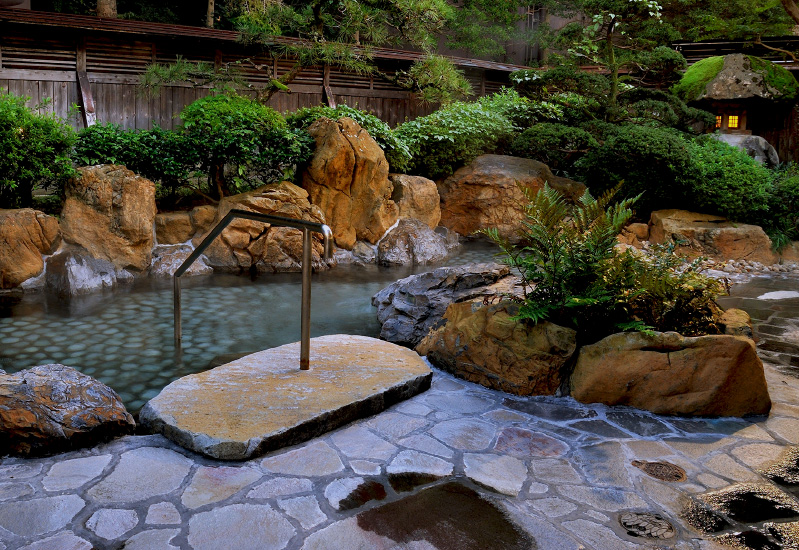
Mythical Beginning
Legend says that another hot spring was discovered in Kinosaki’s around 1300-1400 years ago when an Oriental White Stork was soaking its injured leg in a pool of water. Soon after, appearing to have been healed, the stork took flight. A hot spring was discovered where the stork had been bathing. This is now known as “Kono-Yu”, literally the “Oriental White Stork hot spring bath” and is still in use today.
